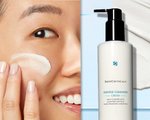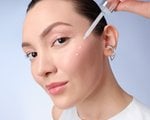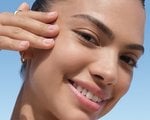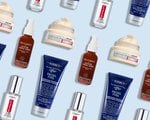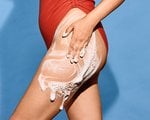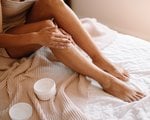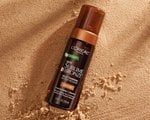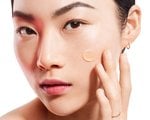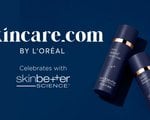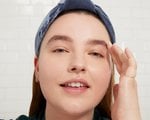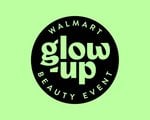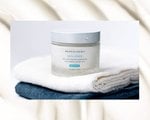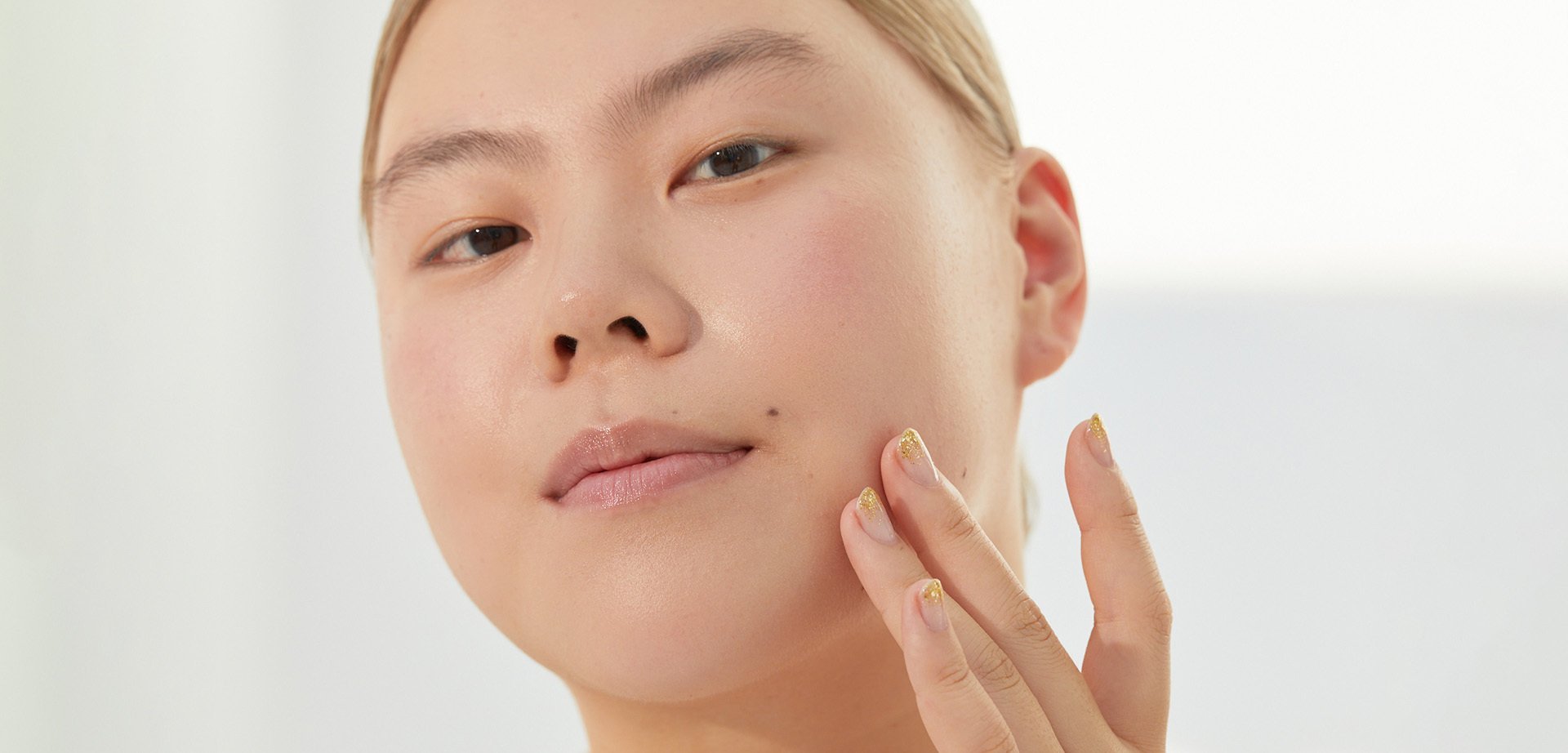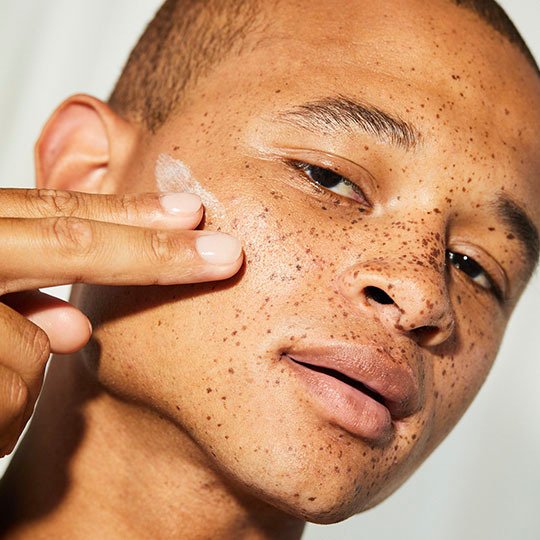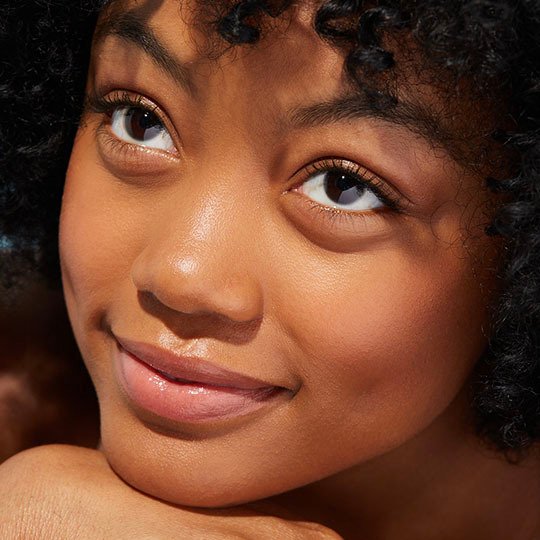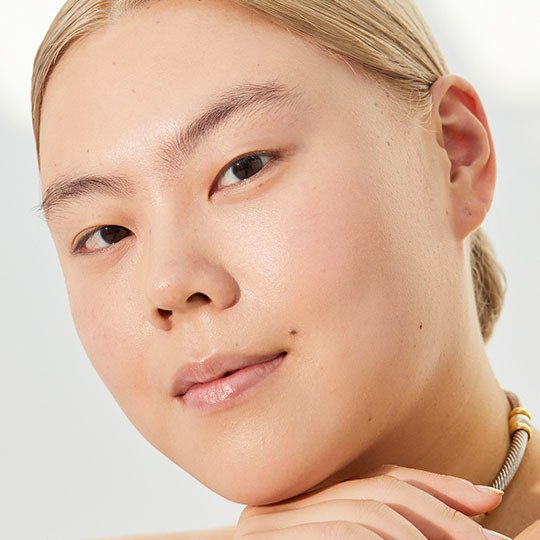The Life Cycle and Stages of a Pimple, as Told by Skincare Experts
August 24, 2023
What Is a Pimple?
We’ve all had pimples, but did you know there is actually a variety of different kinds of acne? There are whiteheads, aka closed comedones, which have a white or flesh-colored bump in the center; blackheads, which get their dark color from oxidized melanin on the skin’s surface; cystic acne, which comes in the form of large, painful bumps and papules, which resemble small, red bumps. Oh, and in case you missed it, there’s also such a thing as blind pimples, which are similar to cystic breakouts except they lie under the skin’s surface and might eventually appear as a red, swollen and painful mark.
What Causes Pimples?
Clogged Pores
According to Dr. Bhanusali, pimples and breakouts can occur “due to the accumulation of debris in a pore.” Clogged pores can be caused by a number of culprits, but one of the main factors is excess oil. “The oil acts almost like a glue, combining pollutants and dead skin cells in a mixture that clogs the pore.” This explains why oily and acne-prone skin types tend to go hand-in-hand.
Excessive Face Washing
Washing your face is a great way to keep your skin’s surface clean, but doing it too often can actually make things worse. If you have oily skin, it’s important to find a balance when washing your face. You’ll want to cleanse your complexion of excess oil but not strip it completely, as this may result in increased oil production. We recommend using blotting papers throughout the day to soak up shine that may appear — the NYX Professional Makeup Blotting Paper comes in a pack of 50 sheets for only $4.
Fluctuating Hormone Levels
Speaking of excess oil, your hormones may be to blame for an increase in oil production as well. “There are several causes for pimples; however, most pimples are caused by changing hormone levels,” Steros says. “During puberty, the increase in hormones can cause the adrenal glands to go into overdrive, causing breakouts.” Even for those who left puberty behind years ago, hormones can still be a contributing factor to breakouts — you may experience more frequent pimples before or during your period, or as a result of other hormonal fluctuations throughout your life.
Lack of Exfoliation
How often are you exfoliating? If you’re not sloughing away dead cells on your skin’s surface often enough, you could be at a higher risk of experiencing clogged pores. “Another reason for breakouts is when the pores on your skin become blocked, causing a buildup of oil, dirt and bacteria,” says Steros. “Sometimes dead skin cells are not shed. They remain in the pores and get stuck together by sebum, causing a blockage in the pore. It then becomes infected and a pimple develops.”
The type of exfoliator you reach for will depend on your skin type and needs, but one of our current favorites is the Vichy Normaderm BHA Exfoliating Serum. The fragrance-free chemical exfoliator includes a combination of salicylic and glycolic acids to help clear existing breakouts while fighting new ones from forming. Plus, the addition of vitreoscilla ferment and Vichy’s proprietary, mineral-rich volcanic water helps soothe skin and keep dryness at bay.

Life Cycle of a Pimple
Stage 1: The Early Stages of a Pimple
Not every blemish has the exact same life span — some papules never turn into pustules, nodules or cysts. What’s more, every type of acne blemish requires a certain type of care. It’s important to understand what kind of pimple you’re dealing with first, along with your skin type.
As you can guess, breakouts appear differently and vary in severity depending on where they are. “There are areas of the body where blemishes appear more commonly,” says Steros. “Typically these are areas where you have the most oil glands, such as the face, neck, chest, back, shoulders and upper arms.”
According to Steros, the early stages of a blemish can look like a red sore that’s raised and slightly itchy. “This is a great time to use a topical product to help reduce some of the swelling and redness,” she advises. We love the La Roche-Posay Effaclar Duo Acne Spot Treatment, an oil-free benzoyl peroxide lotion that deeply penetrates pores and helps stop pimples in their tracks.

Stage 2: The Middle Stages of a Pimple
Now that your pimple has begun to form, let’s talk about what happens in between the dirt clogging your pores and you waking up to an angry, visible blemish. “Over time, a bacterial overgrowth can occur and an inflammatory reaction follows, leading to the pimple you see on your skin,” explains Dr. Bhanusali.
Even though it may seem like your pimple has grown or doubled in size overnight, the reality is that it has taken some time to form and accumulate dirt, debris, oil and everything in between. This is why daily skincare is so important. If you have oily, acne-prone skin, it can be helpful to cleanse your face with a face wash formulated with salicylic acid or benzoyl peroxide. This will help to chemically exfoliate the skin’s surface, removing excess oils and other impurities that can clog pores and, in turn, cause a breakout. We recommend reaching for the CeraVe Acne Foaming Cream Wash, which is made with 10% benzoyl peroxide, the maximum strength available for over-the-counter skincare products.

Stage 3: The Final Stages of a Pimple
Ask any dermatologist and they will all tell you the same thing: Keep your fingers away from your zit. This is because popping or picking can make things worse and lead to permanent skin damage in the form of lasting acne scars. If you are in a rush to reduce your pimple, Dr. Bhanusali suggests this overnight dermatologist hack: “Put a product formulated with benzoyl peroxide on a band-aid and apply it to the pimple.”
What Are the Best Ways to Prevent Future Breakouts?
Cleanse
“The best way to combat and prevent breakouts is to make sure you are using a pH-balanced cleanser that is appropriate for your skin,” Steros says. “Your cleanser is responsible for removing makeup, dirt and oil.”
Exfoliate
If your skin is prone to congestion, regular exfoliation can help prevent that congestion from escalating into a full-blown breakout. Steros recommends exfoliating with a manual exfoliant up to three times a week — we suggest a gentle option such as the La Roche-Posay Ultra-Fine Face Scrub or the Aesop Purifying Facial Exfoliant Paste. Or, depending on your skin type and needs, you can use a chemical exfoliant with salicylic acid.
Moisturize
“The final step is to moisturize to maintain proper hydration levels,” Steros says. “This way the skin does not have to work overtime to produce oil to compensate.” The Vichy Normaderm PhytoAction Acne Control Daily Moisturizer is a great choice, as it contains hyaluronic acid to hydrate and salicylic acid to fight breakouts.
How to Treat Pimples and Get Rid of Them Faster
Steros mentions that using a spot treatment can help reduce the appearance of a pimple. “The key is to help in the treatment of existing breakouts while aiding the prevention of future pimples,” she says. The SkinCeuticals Silymarin CF is an oil-free vitamin C serum made specifically for oily and acne-prone skin types, with salicylic acid to help reduce breakouts.
Best Pimple Treatments
In addition to the products mentioned above, these are some of our favorite skincare products for fighting existing breakouts and preventing new ones from popping up.
Kiehl’s Truly Targeted Acne-Clearing Pimple Patch with Salicylic Acid
The first pimple patch that’s actually invisible, this salicylic acid serum forms a “breathable seal” that helps to calm pimple color in as little as two hours, reduce your breakout’s size in 24 hours and help fade the look of post-acne marks in four weeks. Made with 2% salicylic acid, niacinamide and licorice root, it helps to clear and calm skin while layering seamlessly under your SPF and makeup.

La Roche-Posay Effaclar Salicylic Acid Acne Treatment Serum
This 1.5% salicylic acid serum helps tackle existing breakouts while preventing new ones from forming, in addition to reducing the look of pores, fine lines and post-acne marks. It’s a non-comedogenic and allergy-tested formula that helps to clear up acne-prone skin types in as little as four weeks.

Youth To The People Superclay Purify + Clear Power Mask
Looking for a way to simultaneously unwind and unclog pores? This mask from Youth To The People is a step in the right direction, with three types of clay, salicylic acid, niacinamide and soothing kombucha as its star ingredients. You can leave the mask on for 10 minutes, one to three times a week.

